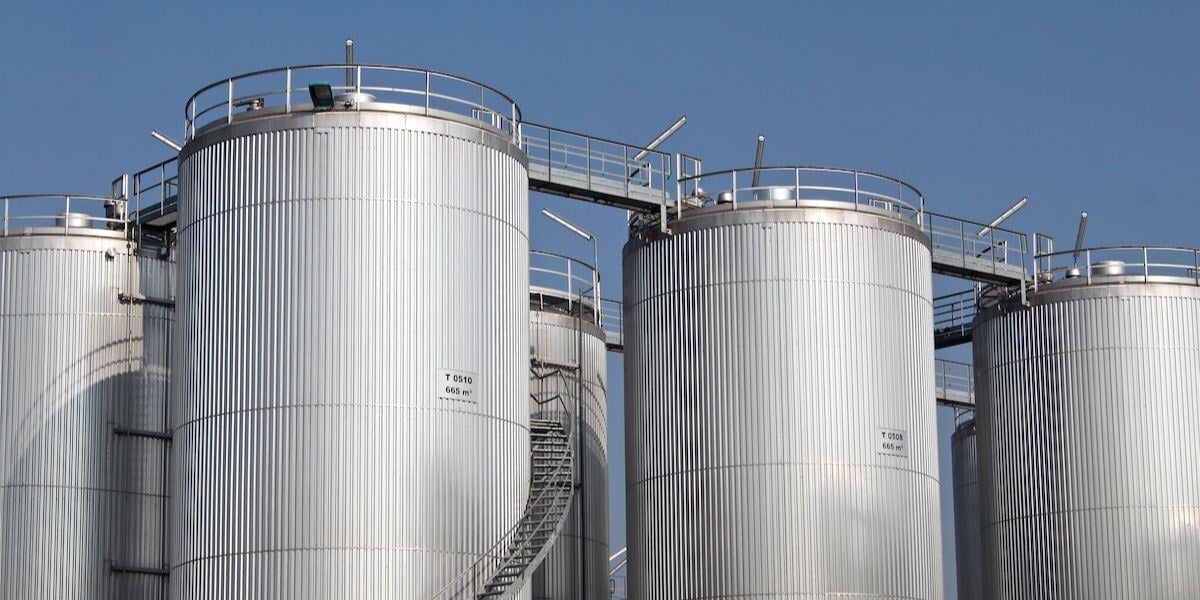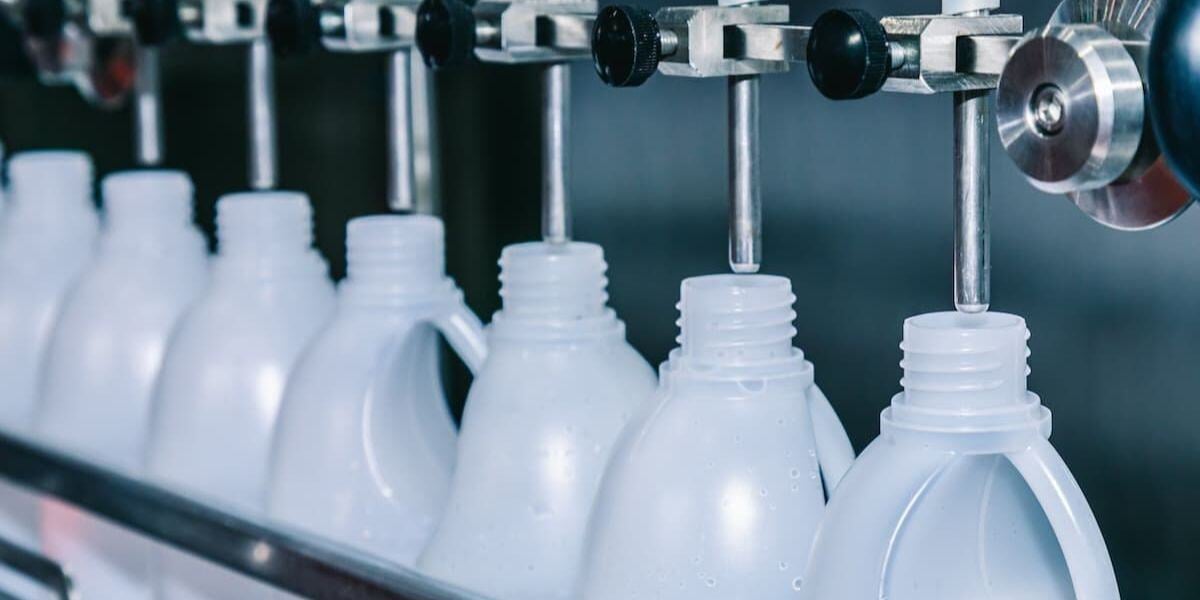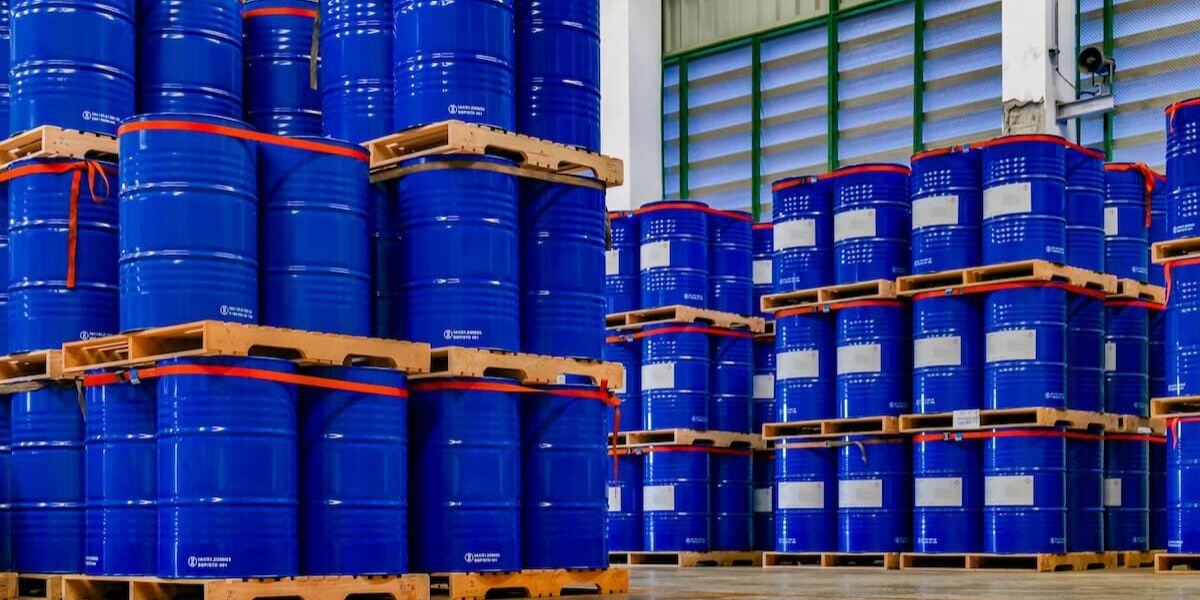
Ensuring Safe Chemical Transport & Storage: Inspections, Processes & Protocols
When it comes to chemical transport and storage, safety should always be the first priority. Even the smallest lapse can have disastrous consequences, putting people and the local environment at risk.
At Royal Chemical, this is a responsibility we take seriously. It’s why we combine a dedication to continuous improvement with rigorous inspection processes and safety-focused pre-production practices. These measures not only help us comply with safety standards but also help us protect the integrity of our customers’ products and brand image.
In this blog, we are building on our previous discussion on chemical transport and storage safety to dive deeper into those processes and protocols that make safe bulk storage and transport possible.
Inspection Process: What to Look for When Tanker Trucks Arrive
Prior to packaging any chemicals, it’s extremely important to conduct a detailed inspection to ensure no adverse reactions will occur and that the product will not be contaminated. For instance, when a tanker truck arrives at our facility for loading, we conduct an inspection to verify:
- Cleanliness
- Functionality
- Material of Construction
- Inspection Status
- DOT Certification
First Check: Construction Material
Our first check is the tanker’s construction material. This is crucial because the compatibility of the tanker’s material with the chemicals being loaded ensures that no reactions will occur during transport. The Department of Transportation (DOT) tag on each tanker provides detailed information about its construction, and we carefully review this tag before proceeding with any loading.
The Most Common Issue We Encounter During Inspection: Cleanliness
Prior to arriving, tanker trucks are usually washed at a facility to clean out the previous material. This facility will then provide them with a cleaning certificate.
However, we do not take this cleaning certificate at face value at Royal Chemical. Instead, we conduct a physical inspection inside the tank to ensure it is truly clean and free of any residue. A common failure we find is that there is residue left in the tanker, even though it was given a cleaning certificate.
The importance of this step was illustrated just this past week. A tanker arrived with a valid cleaning certificate, but when we opened the drain valve to verify, a small amount of diesel fuel drained out. If we had not caught this, the 5000-gallon batch of chemical product we were preparing to load would have been contaminated.
This emphasizes why these inspection processes are not just for safety and meeting regulatory requirements. It’s also about ensuring product integrity.
Focus On Continuous Improvement & Learning
No process is ever flawless, and despite best efforts, mistakes can occur. To maintain high standards, it’s important to learn from every issue and focus on continuous improvement.
At Royal Chemical, we do this through our automated Quality Deviation Report (QDR) system. Whenever there is an issue, it’s entered into the QDR and a full investigation is initiated. This includes using the “5 Why” problem-solving method alongside statistical data to identify the root cause. Then, we determine the corrective actions that need to be taken to address the problem.
For example, we once experienced an unexpected reaction with a chemical product while loading a bulk tanker at one of our facilities. Following this incident, we immediately initiated a comprehensive review. Through our investigation, we pinpointed several steps to improve safety and prevent a similar event from occurring in the future. This included:
- Modifying bulk tanker loading checklists and procedures, particularly focusing on verifying the materials of construction and DOT ratings.
- Ensuring multiple evacuation meeting points, ensuring that alternative locations are available in case the primary meeting point is not.
This culture of continuous improvement helps solve small problems before they become bigger ones, contributing to safer, more reliable operations that protect our employees and ultimately benefit our customers.
Pre-Production Process: Setting Up for Success
The pre-production process is a crucial phase in chemical manufacturing, laying the groundwork for both quality and safety before any production begins. This step ensures that all potential risks are identified and mitigated, and that the final product meets the required specifications. At Royal Chemical, our meticulous pre-production process is designed to guarantee that we can produce chemicals safely and at the highest quality.
Safety
To ensure that the chemical products we produce meet the required standards, our pre-production process also includes a comprehensive quality check. This part of the process focuses on the following steps:
- Define material specifications.
- Review the formulation to meet product requirements.
- Identify suppliers who meet our stringent quality standards.
- Establish testing requirements and specifications to verify product quality.
- Develop detailed processing instructions to ensure that every batch is produced to the same high standard.
By rigorously following this pre-production process, Royal Chemical sets the stage for safe and successful production, ensuring that the chemicals we manufacture meet both safety and quality expectations from the very start.
Maintaining Quality & Safety
The processes outlined above are fundamental to maintaining high standards of safety and quality. Through rigorous inspection, continuous improvement of our methods, and careful preparation in the pre-production phase, Royal Chemical ensures that every chemical product we manufacture is handled with the utmost care.
If you have any questions or would like to learn more about our services, reach out and talk to an expert. Our team is here to help you navigate your chemical manufacturing needs with confidence.
Talk to an Expert
Streamline Your Chemical Manufacturing Process
Royal Chemical’s expertise in blending, packaging and shipping can save you time, reduce costs and deliver consistent results.














